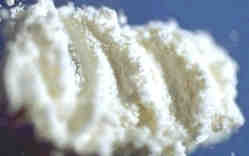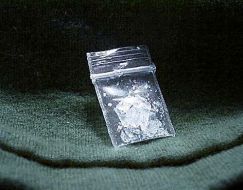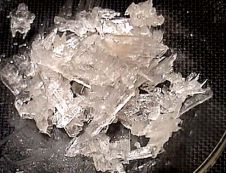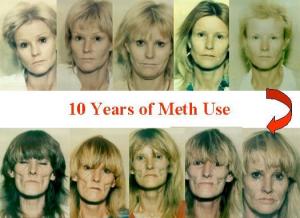Meth Task Force
 Faribault County Statistics
Faribault County Statistics
Meth is a growing problem in Faribault County. In 2005, 25 children were removed from homes where drugs were present. Several of the children were removed from homes where Meth was being used or manufactured.
Children of Meth Users
Children are particularly vulnerable to the health effects associated with meth labs. Children are generally more at risk than adults to environmental hazards because:
- they have immature organ systems, faster metabolic rates, and weaker immune systems
- they eat more food, drink more fluids and breathe more air per pound of body weight
- they are less able to protect themselves
- their behaviors (crawling, dirt eating, hand-to-mouth) expose them to more hazards.
 Drug Enforcement Administration (DEA) data showed that 30% of labs nationwide, and 50% of Minnesota labs had children living in them at the time of seizure. Illegal meth labs pose the greatest danger to children living where drugs are made. Children in meth labs are exposed to the highest levels of chemicals. They are at risk of explosion, fire, chemical burns, and are often neglected and abused by drug-using parents.
Drug Enforcement Administration (DEA) data showed that 30% of labs nationwide, and 50% of Minnesota labs had children living in them at the time of seizure. Illegal meth labs pose the greatest danger to children living where drugs are made. Children in meth labs are exposed to the highest levels of chemicals. They are at risk of explosion, fire, chemical burns, and are often neglected and abused by drug-using parents.
Other hazards to children in these chaotic environments may include exposure to weapons, finished drugs and unsanitary conditions. Children in adjacent apartments, and those who live in former lab properties that have not been adequately cleaned are also at risk. Additionally, growing evidence shows risk to fetuses from exposure to ingested drugs and toxic chemicals in the home environment. Studies in Washington, Iowa and California show that childhood exposure to toxic meth lab chemicals can result in damage to kidneys, liver or spleen, and may lead to violent behavior. Absorption of methamphetamine through the skin may cause rapid heart rate, hypertension, seizures, or solvent intoxication. Therefore, children taken from meth lab environments should be evaluated at a hospital or clinic.
"Meth sneaks in and spreads like a virus. With meth, there is more stealing, violence, domestic abuse, etc." Deborah Durkin, Minnesota Department of Health's Meth Expert 2004: Almost 50% of Minnesota meth labs have children present.
- 2004: Minnesota meth events (labs, dumpsites, ammonia thefts) = minimum of 320. This number is based on voluntary reporting. Actual number is estimated to be 2-3 times greater.
- 2004: Estimated 90-95% of meth labs are found through police action. 5% of meth labs are found by fire/explosions.
- 2003: More than 500 meth labs were seized statewide
- 2003: In many counties, 75-95% of all crime is now meth-related
- 2003: Minnesota meth busts totaled 425
- 2002: Minnesota meth busts totaled 214
- 1999: Minnesota meth busts totaled 18
- Persons convicted of manufacturing meth are committed to a mandatory 86 months (7 years+) in state prison at a cost of approximately $80/day ($209,266/7+ years)
- Prison inmates who used meth have a very high need for medical, dental, nursing and psychiatric services
- Meth-related defendants utilize the services of a public defender or court-appointed attorney at the taxpayer's expense
- $400,000: Minnesota Pollution Control Agency has spent investigating impacts of meth lab waste dumping, digging up contaminated soil, pumping contaminated septic tanks and sampling neighborhood wells
These photographs show the effects after 10 yeasr of meth use:


